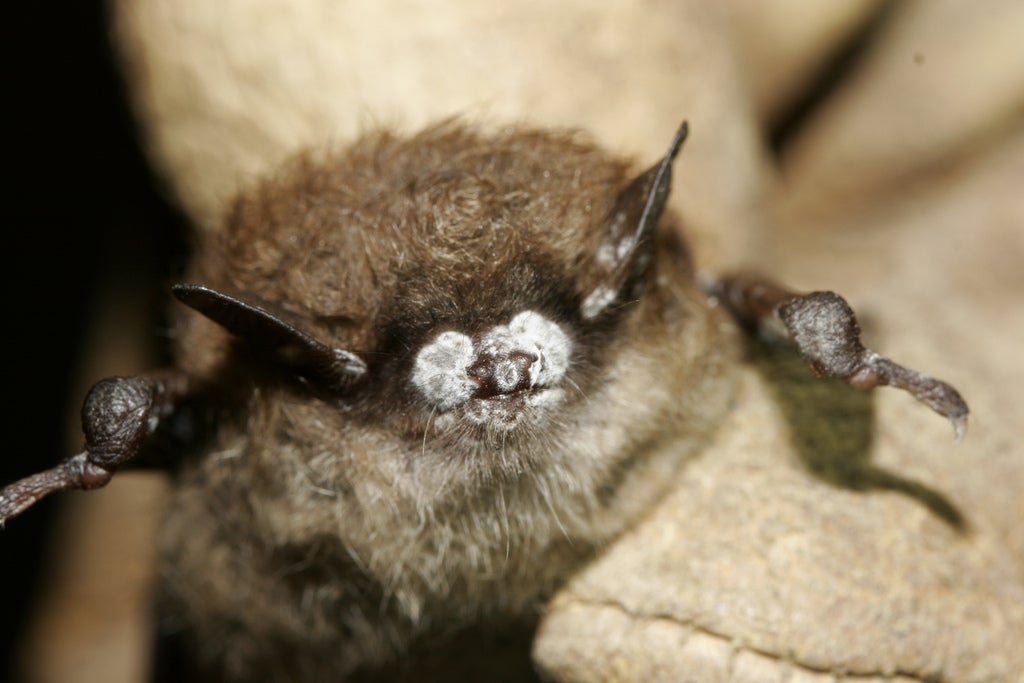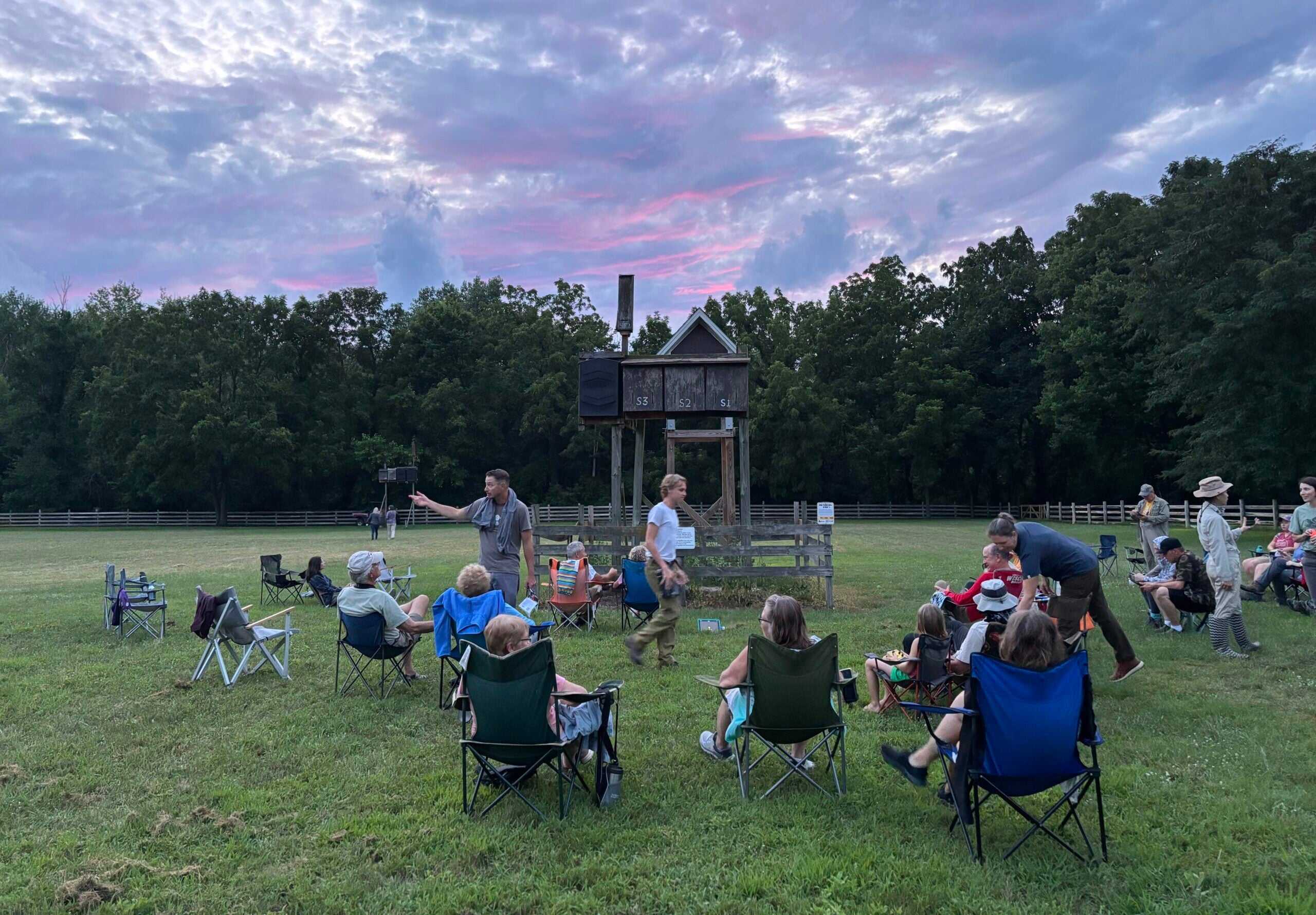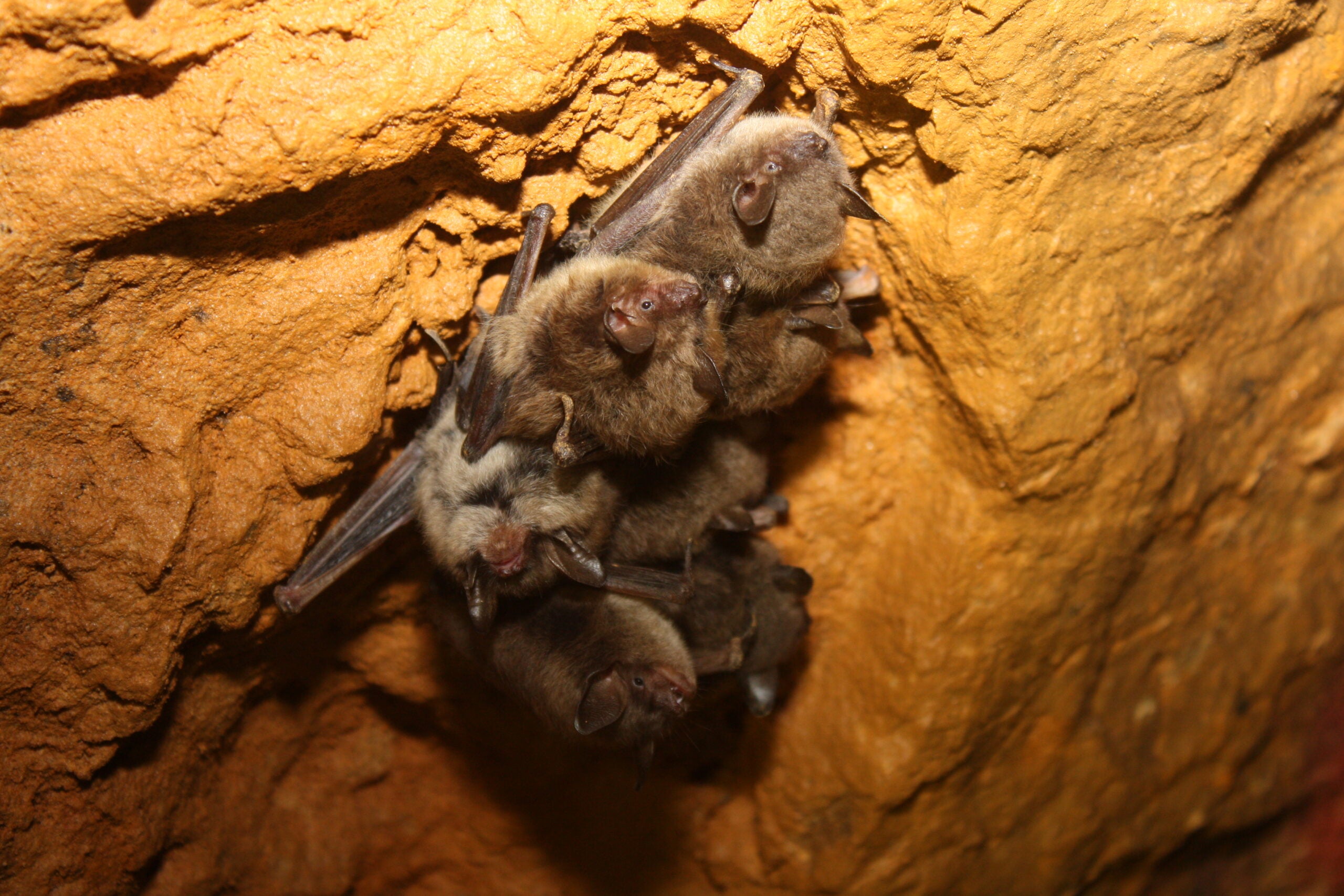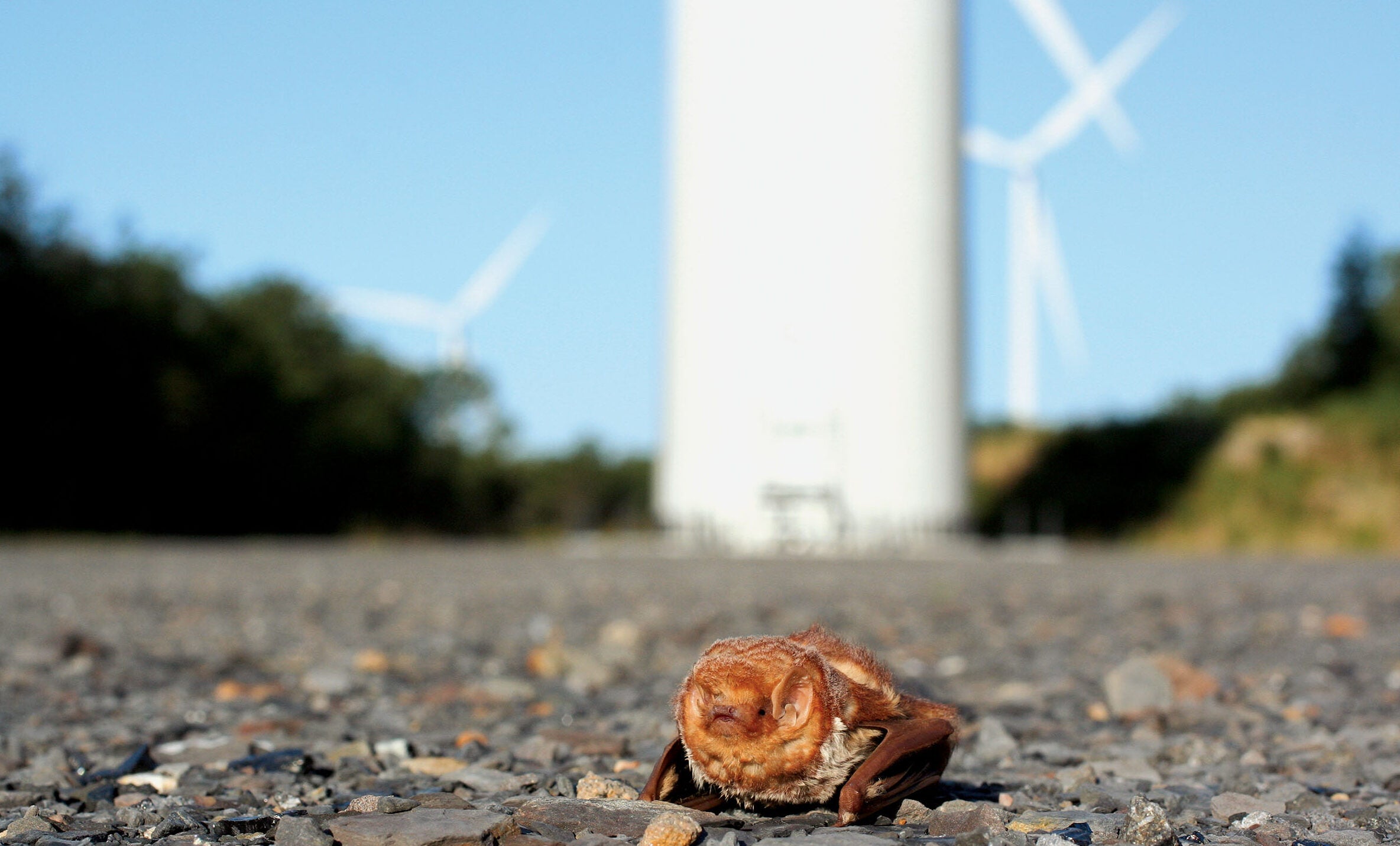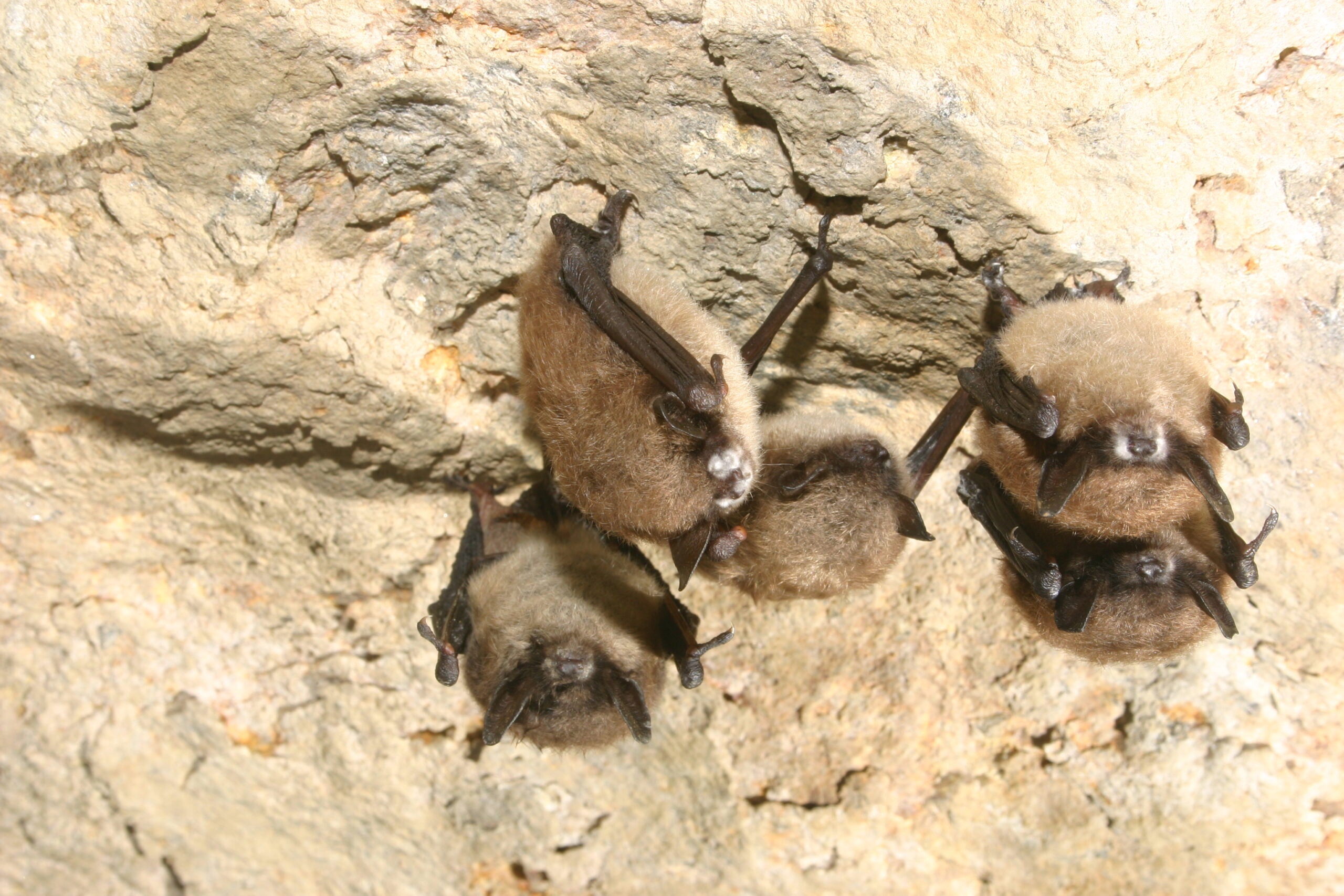The destructive effect of white nose syndrome on bat populations in Wisconsin and across North America has been documented for nearly two decades. A fungus called P. destructans grows on bats’ skin and disrupts their hibernation, leading to starvation and often death. In just a decade, the disease killed more than 90 percent of northern long-eared, little brown and tri-colored bat populations.
But how the invasive fungus is able to infiltrate bats’ skin cells has remained unknown, until a new study from researchers at the University of Wisconsin-Madison.
Marcos Isidoro-Ayza, Ph.D. candidate in UW-Madison’s School of Veterinary Medicine and primary author of the study, said the discoveries were guided by an observation he and professor Bruce Klein made early in the research.
News with a little more humanity
WPR’s “Wisconsin Today” newsletter keeps you connected to the state you love without feeling overwhelmed. No paywall. No agenda. No corporate filter.
“What we found is that the fungus wasn’t as destructive as its name implies,” Isidoro-Ayza said. “Instead, the fungus was entering the epithelial cells of the skin without causing significant cell damage.”
By preventing the skin cells from dying, the cold-loving fungus is able to spread without triggering the bats’ immune response while the mammals are in torpor, a period of hibernation when their body temperature drops.
The study also found that P. destructans has multiple strategies for surviving when the bat’s temperature warms. The fungus enters the infected skin cells completely, allowing it to remain invisible to the bat’s more active immune system.
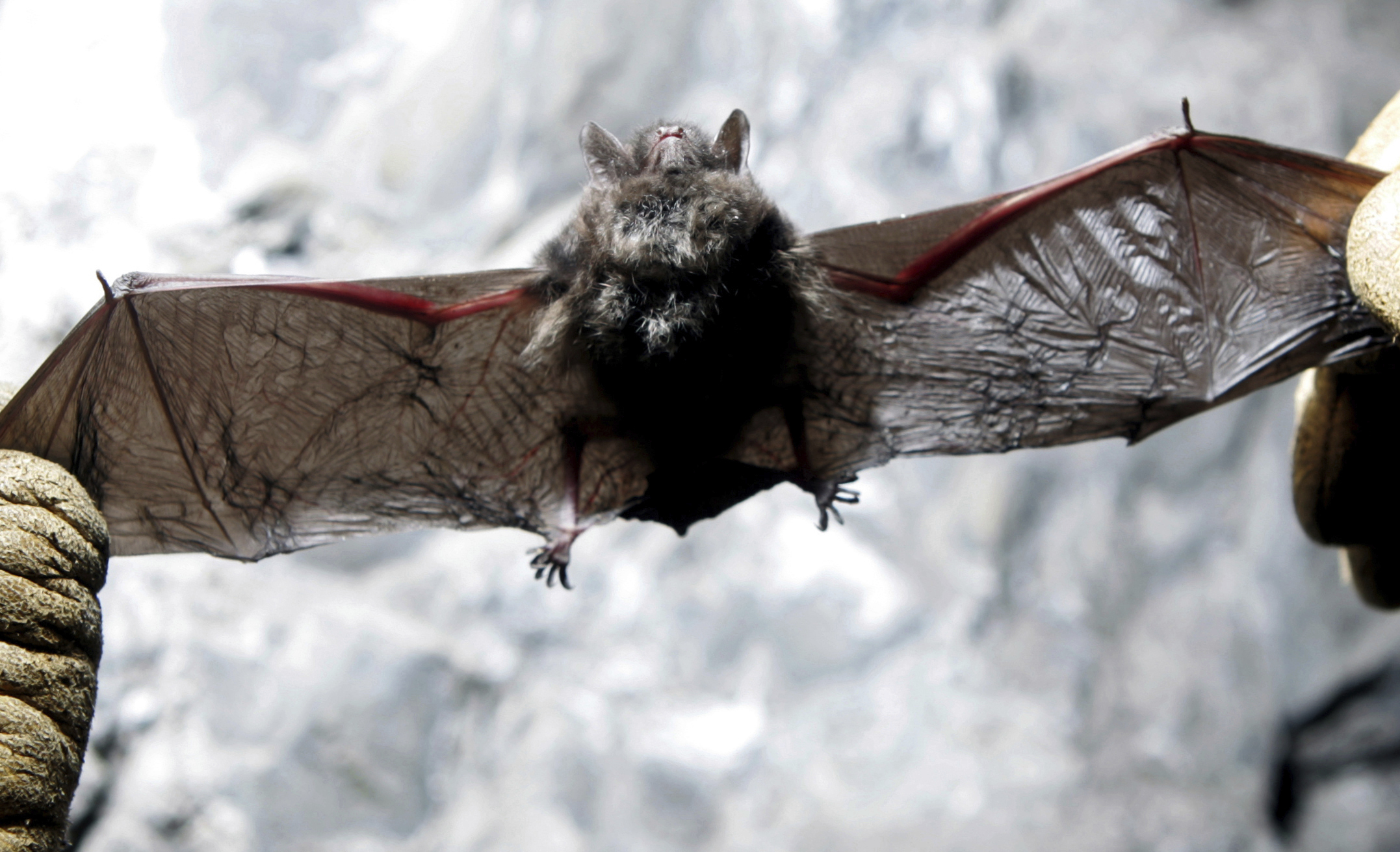
Fungus targets cell receptor used by some cancers
Klein, who teaches medical microbiology and immunology as well as pediatrics, had found in a previous study that a protein found in P. destructans was recognized by the bat’s immune system. The accidental discovery was part of research into a human fungal disease, and it led to work developing a vaccine for bats. Klein said that vaccine is currently going through field trials by the U.S. Geological Survey.
Klein said Isidoro-Ayza’s work presents an even better possibility for protecting bats from the disease by identifying the exact location where it enters skin cells. The fungus, he said, hijacks the epidermal growth factor receptor, an important molecule in human diseases like cancer.
“It’s a highly mutable, or changeable, receptor that can undergo changes in its sequence and result sometimes in unlimited cell growth,” he said. “Drugs have been developed to target the activity of that receptor, shut it off. Marcos discovered that when he used one of these drugs in his hibernation model, it blocked the entry of the fungus into the cell.”
He said they are working to study whether these drugs could be used to prevent or treat white nose syndrome through a partnership with USGS researchers at the National Wildlife Health Center.
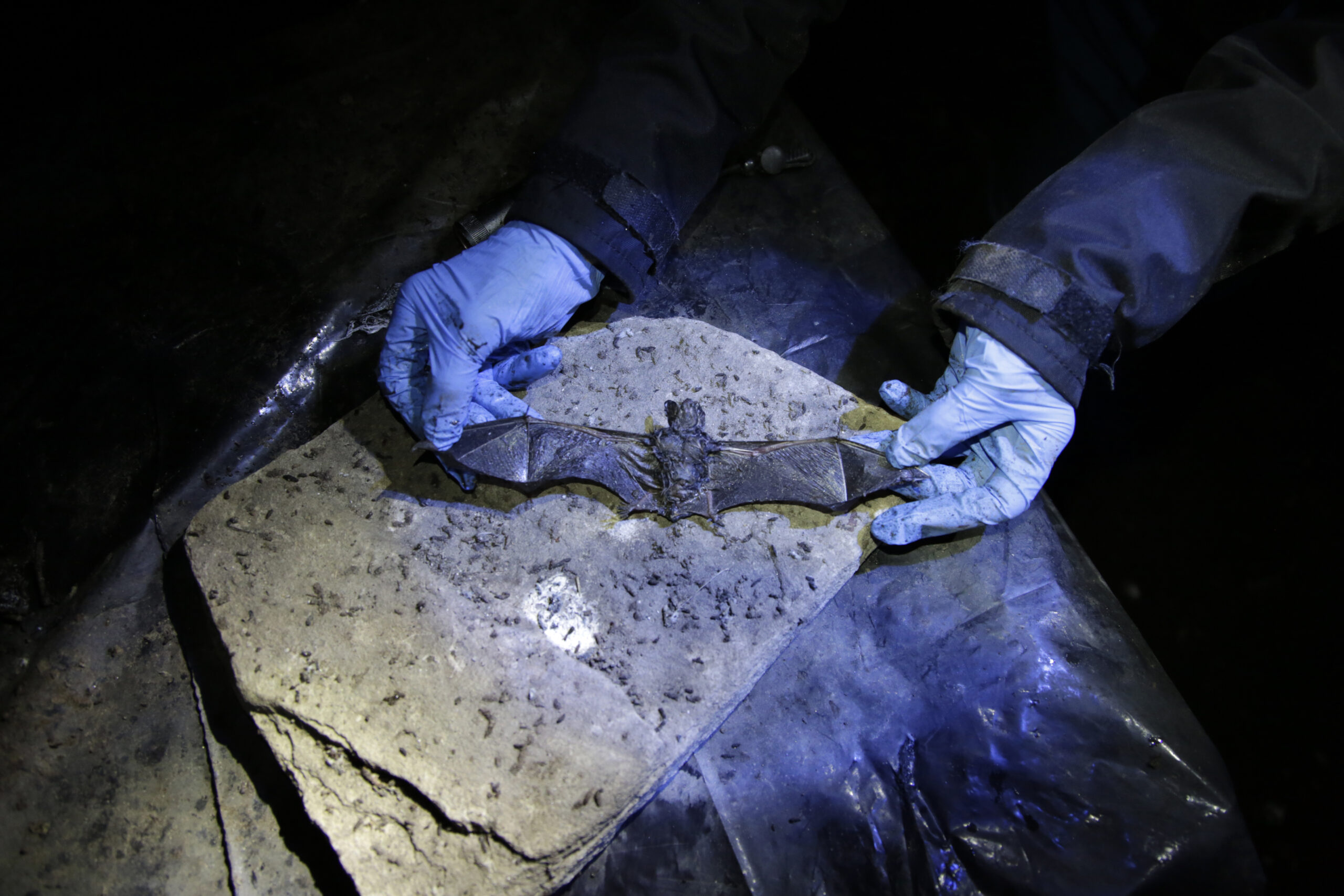
Discovery could help fight human diseases
Klein, who called himself an “accidental tourist” into the field of bat health from pediatrics, said increasing the understanding of P. destructans could also be applied to human disease.
“We learned a little bit from the human pathogens to sort of build on that knowledge, to fashion some of our strategies for understanding the interaction with the epidermal growth factor receptor. So I think what we’re going to learn is likely to cross over,” he said.
Isidoro-Ayza said he also hopes the study will lead to further research on hibernation, a natural process that he said scientists still know little about. As part of the study on white nose syndrome, Isidoro-Ayza created a model for mimicking hibernation for cells in the lab.
“Hibernation makes bats unique, and trying to understand how those metabolic changes affect their relationship with pathogens is really interesting,” he said. “One of the things that we are trying to study now is how these metabolic changes induced by low temperature might affect the anti-microbial responses of bats.”
Wisconsin Public Radio, © Copyright 2025, Board of Regents of the University of Wisconsin System and Wisconsin Educational Communications Board.

